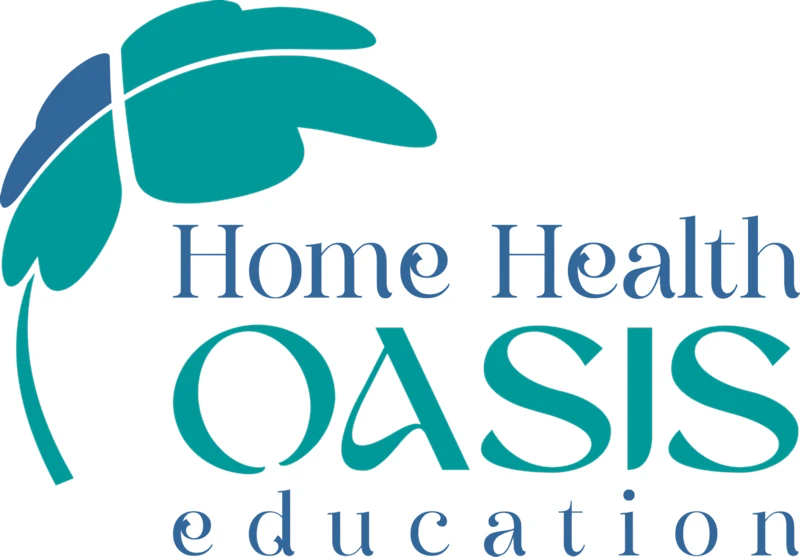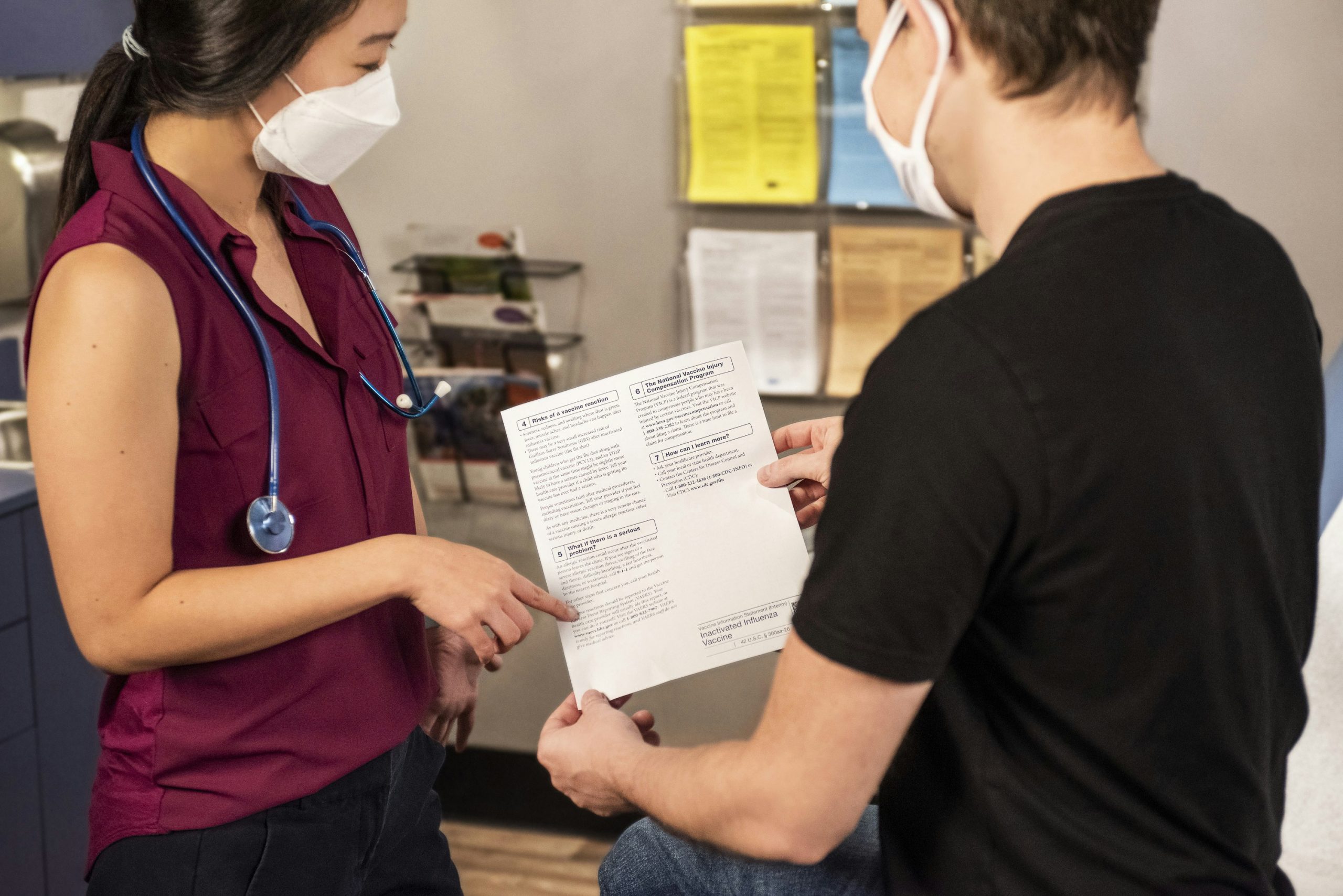
Transition from OASIS-E to OASIS-E1: Key Changes and Implications for Home Health
The start of 2023 marked a significant overhaul in the OASIS data set with the implementation of OASIS-E. For home health agencies and clinicians, understanding these changes is crucial to ensure compliance and improve patient outcomes. Home Health OASIS Education is committed to providing comprehensive training to navigate these updates effectively.
What is OASIS-E?
OASIS-E, or the Outcome and Assessment Information Set-E, is a standardized data set used by home health agencies to collect and report information about patients. This data set is integral to assessing patient needs, planning care, and measuring outcomes. Implemented by the Centers for Medicare and Medicaid Services (CMS) in 2023, OASIS-E represents a significant step towards enhancing the quality and consistency of patient care across post-acute care settings.
Key Elements In OASIS-E Documentation
OASIS-E includes detailed information on various aspects of a patient’s health and care needs, such as:
- Basic patient information (age, gender, living situation).
- Physical, mental, and emotional health assessments.
- Functional abilities (mobility, self-care, cognitive function).
- Cognitive function assessments using tools like BIMS.
- Identification of delirium with CAM.
- In-depth depression screening with PHQ-9.
- Skin and wound assessments (Section M).
- Social determinants of health (e.g., socioeconomic status, support systems).
- Current medications and the need for medication reconciliation.
- Patient preferences for care and recovery goals.
OASIS-E: A New Era of Standardization
The revisions in OASIS-E were driven by the need to standardize assessments across post-acute care settings, aligning with the IMPACT Act of 2014. This effort not only enhances interoperability but also streamlines data collection processes. The restructured OASIS-E includes sections labeled A through Q, integrating new and existing assessment items to facilitate a more holistic patient evaluation.
Key Additions in OASIS-E
- Brief Interview for Mental Status (BIMS): Establishes cognitive baselines by assessing recall and temporal orientation.
- Cognitive Assessment Method (CAM): Identifies signs and symptoms of delirium, aiding in early intervention.
- Patient Mood Interview (PHQ-9): An expanded tool for depression screening, which follows a positive result from the initial PHQ-2 assessment.
These additions are designed to provide a more comprehensive understanding of a patient’s mental health and cognitive status, which is essential for tailoring appropriate care plans.
Extended Completion Time
With the introduction of these new assessments, CMS estimates an additional 2.5 minutes for completion once clinicians are accustomed to the tools. In total, the entire OASIS-E assessment is projected to take an additional 7.5 minutes. This increased time investment is a small price for the depth of information gathered, ultimately contributing to better patient outcomes.
Transition to OASIS-E1: Upcoming Changes
Effective January 1, 2025, OASIS-E1 will see further modifications, including the removal of certain items:
- M0110 Episode Timing: To be marked as NA if the payor does not use it.
- M2200 Therapy Need: Also to be marked as NA, as it is no longer used for Medicare PDGM or functional scoring by Medicare Advantage plans.
- Discharge Goal on GG0130 and GG0170: The requirement for setting a discharge goal will be simplified, allowing agencies to set a goal for one activity and dash the rest.
These removals aim to streamline the assessment process, reducing unnecessary documentation and focusing on relevant patient care metrics.
Enhancing Patient Outcomes
The restructuring and new additions in OASIS-E are geared towards improving patient safety and care quality. By aligning data assessment items with those used in other settings, the revisions promote better interoperability and data sharing. This is particularly beneficial in addressing Social Determinants of Health (SDOH), enabling agencies to identify and address healthcare disparities more effectively.
Transfer of Health (TOH) Information
One of the significant updates in OASIS-E involves the TOH information item, which measures the timeliness of transferring a reconciled medication list to the next care setting or to the patient upon discharge. This addition to the Home Health Quality Reporting Program underscores the critical link between medication management and patient outcomes, encouraging agencies to develop robust processes for medication reconciliation.
Useful Tips for Efficient OASIS Documentation
Efficient OASIS documentation is essential for accurate patient assessments and compliance with CMS guidelines. Here are some tips to enhance your documentation process:
- Familiarize Yourself with New Sections and Items:
Take the time to understand the new sections (A through Q) and where existing items have been relocated. This knowledge will help you navigate the assessment more efficiently.
- Leverage Screening Tools:
Use tools like BIMS, CAM, and PHQ-9 effectively to gather comprehensive patient data. Ensure you are trained in administering these tools to maximize their benefit.
- Consistent and Thorough Training:
Regular training sessions on OASIS updates and best practices can keep your skills sharp and ensure your assessments are accurate.
- Utilize Technology:
Invest in software solutions that streamline the OASIS documentation process. Automated prompts and validation checks can reduce errors and save time.
- Collaboration and Communication:
Work closely with your team to ensure consistency in documentation practices. Sharing insights and challenges can lead to more efficient processes.
- Regular Review and Feedback:
Conduct periodic reviews of completed OASIS assessments to identify common errors and areas for improvement. Use feedback constructively to enhance future documentation.
How Home Health OASIS Education Can Help You Master OASIS Documentation
Home Health OASIS Education offers specialized training programs to help you master OASIS documentation. Our courses cover detailed explanations of new sections, items, and upcoming changes in OASIS-E and the forthcoming OASIS-E1.
Additionally, we offer continuous education with regular updates and refresher courses to keep you informed about the latest CMS guidelines and best practices. By enrolling in our programs, you ensure your documentation is compliant and contributes to improved patient outcomes.
Stay connected with Home Health OASIS Education, your partner in mastering OASIS documentation and preparing for OASIS-E1.
Conclusion
The transition from OASIS-E to OASIS-E1 reflects ongoing efforts to enhance the accuracy and efficiency of patient assessments in home health settings. At Home Health OASIS Education, we are dedicated to equipping you with the knowledge and tools necessary to navigate these changes seamlessly. By understanding and implementing these updates, agencies can ensure compliance, improve care delivery, and achieve better patient outcomes. Stay tuned for more training sessions and resources to help you master the latest in OASIS documentation.
Editor's Pick
Leave A Comment
Related Posts
Transition from OASIS-E to OASIS-E1: Key Changes and Implications for […]
Importance of Clinical Narrative and Nurse Teachings while Documenting Home Health OASIS Assessments
Importance of Clinical Narrative and Nurse Teachings while Documenting Home […]
Latest Changes In OASIS-E That Home Health Staff Must Know […]


